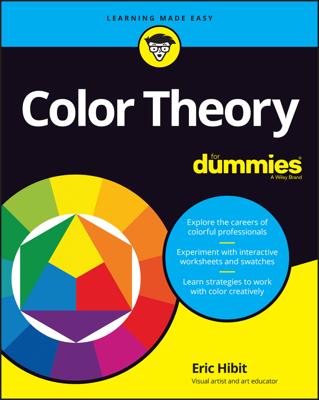One of the premier artists working in the medium is the American Ann Hamilton, who was chosen to install a work in the nation's neo-classical pavilion in Venice, which is used every two years for an international art exhibition.
Hamilton's style is to take a bewildering variety of materials — anything from cut flowers to wool coats, bird carcasses, lumps of soot, decaying bread dough, and horsehair — and arrange them into a purposefully disorganized pile of art.
In Venice, for the 1999 show, she placed an enormous veil of water glass in front of the pavilion that both framed and radically obscured the structure's 90-foot length and 18-foot height. Set 3 yards from the entrance, the steel-and-glass wall distorted the pavilion, making it look something like the other side of a fun-house mirror.
Inside, she had some fuchsia-hued powder cascading slowly down the walls. This garish powder piled up on Braille dots Hamilton arranged that spelled out verses relating to human suffering. The powder slowly descended from the top of the gallery walls, and as time passed, the powder built up around the white dots, making them partially visible, yet still frustrating the viewer's ability to read what they say.
Muttering softly in the background was Hamilton's whispered rendition of excerpts from Abraham Lincoln's second inaugural address, which deals with curing the wounds caused by slavery. You might not understand it because Hamilton spelled out the words letter by letter in international alphabet code (alpha, bravo, charlie, delta, and so on).
Hamilton called her piece Myein, which comes from the ancient Greek word for mystery and initiation and also refers to an abnormal contraction of the eye's pupil.
"It's the eve of the millennium," Hamilton explained. "I want to bring to the surface the questions we should be asking." Katy Kline, the director of the Bowdoin College Museum of Art in Maine, who chose the work for the Biennale, says, "She invites the viewer into a set of visible and auditory conditions where their entire bodily experience is activated. They are swept into a state of awareness beyond that of the normal viewer. She tries to intrigue the whole body."
It was truly mystifying, perhaps wonderful, and definitely installational.

